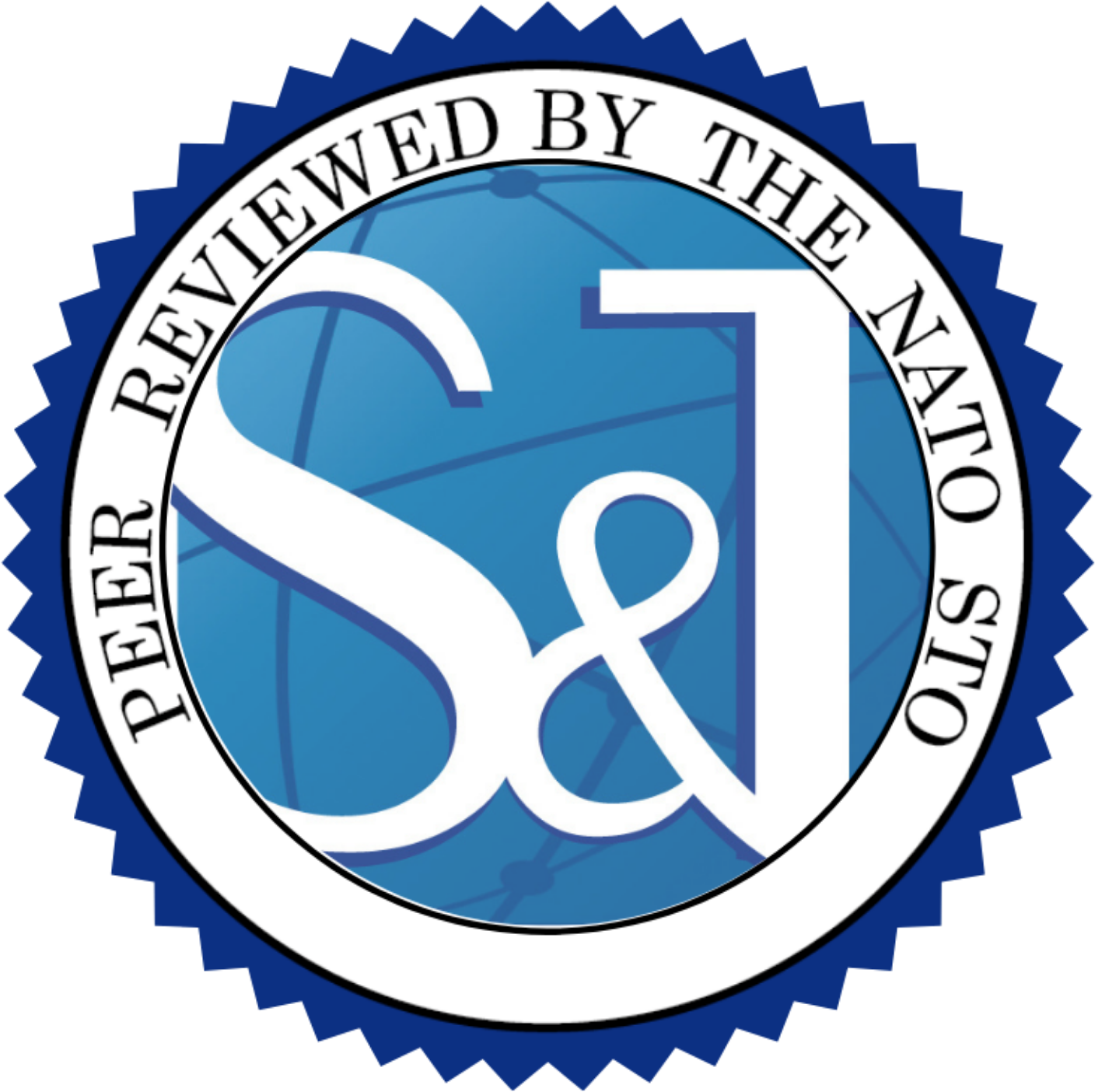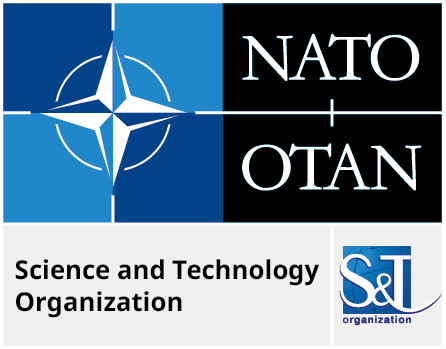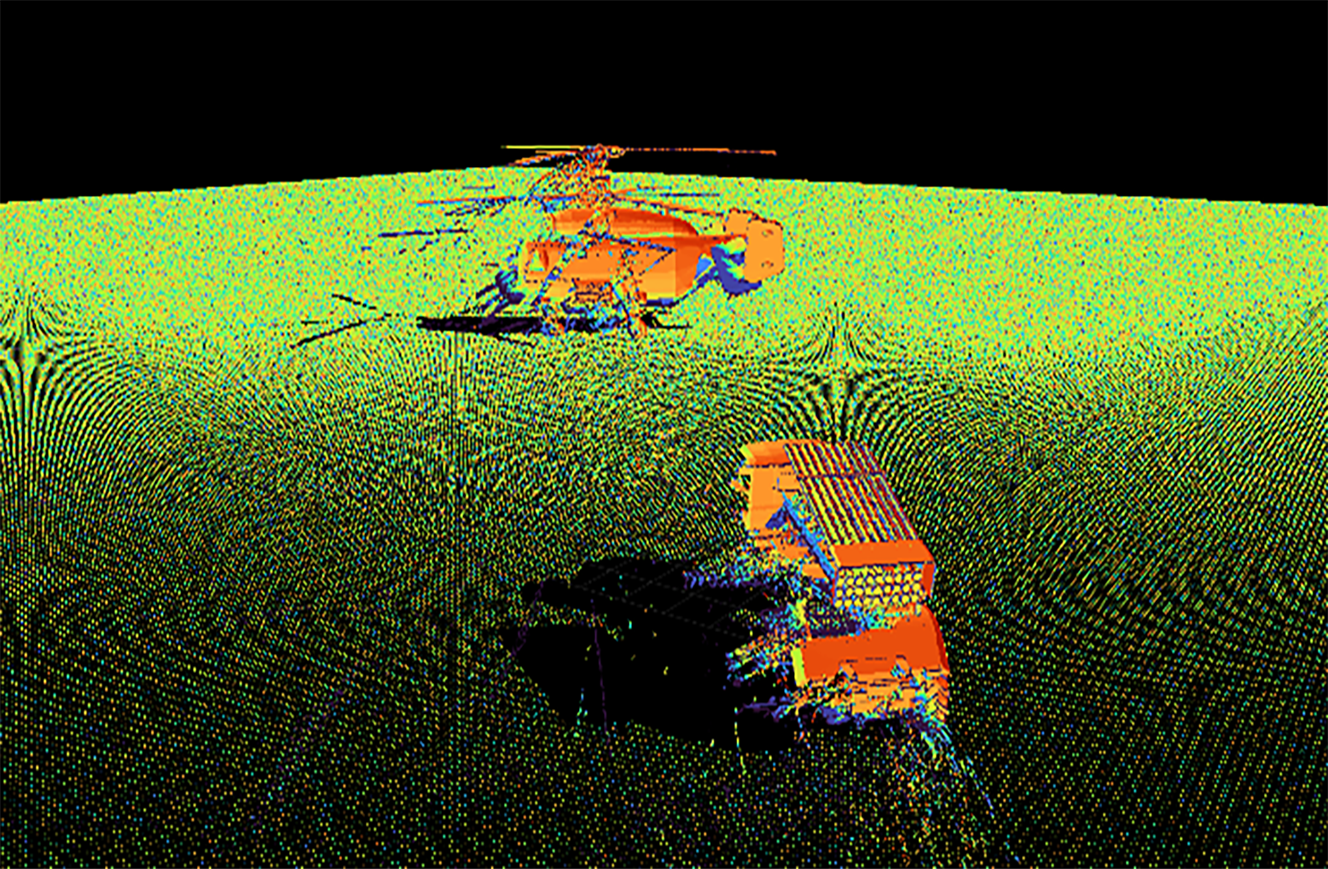Author(s): Milan Rozel; Philippe Brouard; Hélène Oriot ![]()

DOI: 10.14339/STO-SET-273-06 |
The last decade has seen great developments in the domain of small unmanned aerial vehicles (UAVs). Today UAVs are able to carry out a wide range of missions and recent developments in conflict zones, involving states and non-state actors, have shown how effective they can be. This effectiveness lies in part on their ability to foil conventional surveillance systems, as low observable targets
Citation:
ABSTRACT
The last decade has seen great developments in the domain of small unmanned aerial vehicles (UAVs). Today UAVs are able to carry out a wide range of missions and recent developments in conflict zones, involving states and non-state actors, have shown how effective they can be. This effectiveness lies in part on their ability to foil conventional surveillance systems, as low observable targets. From an air surveillance radar system perspective, low observability of small UAVs results from a very unique combination of a small radar cross section, an ability to fly at low speeds and at low altitudes and to mimic, intentionally or not, natural objects such as birds. Therefore, small UAVs are likely to be endo-clutter targets (targets sharing a similar speed with the clutter), as such challenging to be detected. Detection in low grazing angle scenarios and related radar clutter properties have long been studied. Most of these studies suggest the implementation of adaptive processes in radar detection step in order to cope with dynamic clutter . In this paper, we present experimental results of an ongoing work on counter-UAVs radars addressing the design of an adaptive processing and eigenvalue detector using polarimetric features. Inspired by a method used in SAR imaging target detection, this processing improves detection of endo-clutter clutter targets without prior knowledge or assumption of radar clutter signature.


